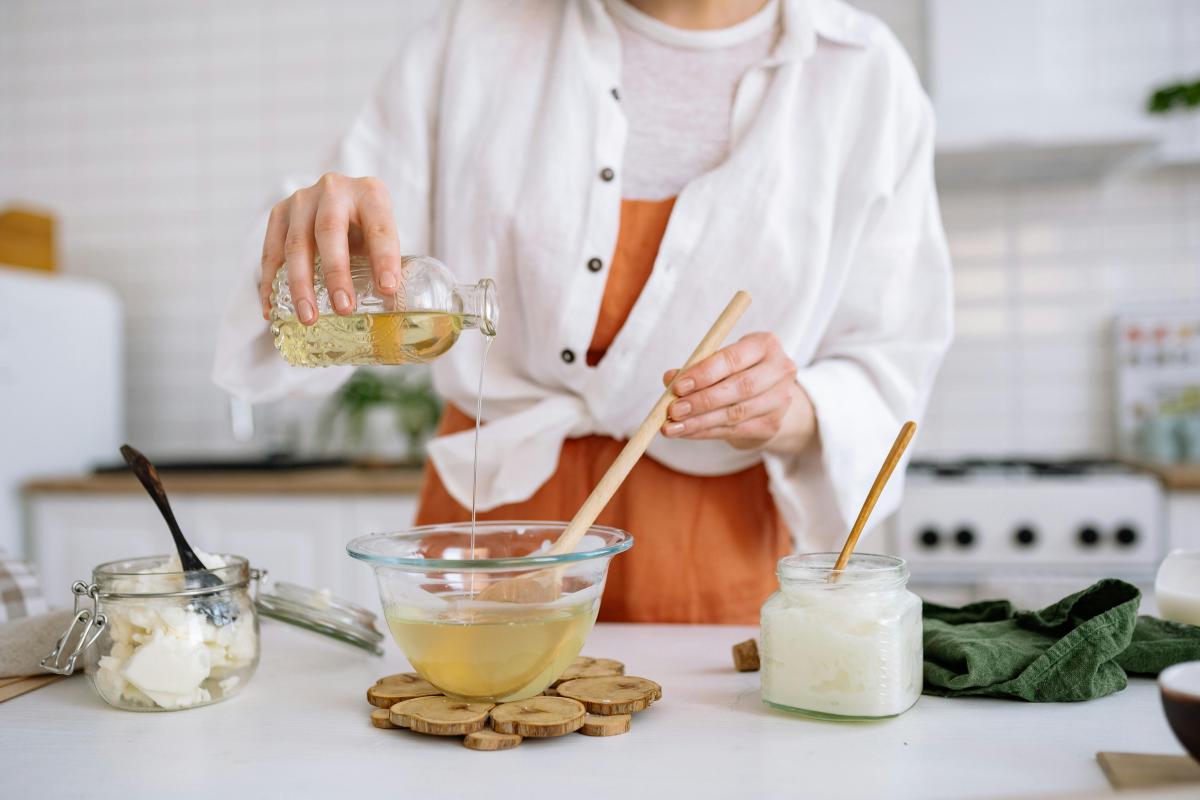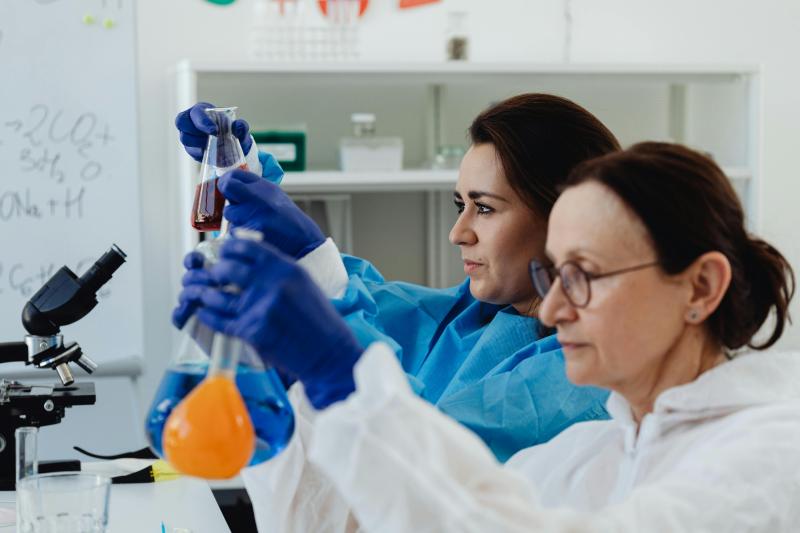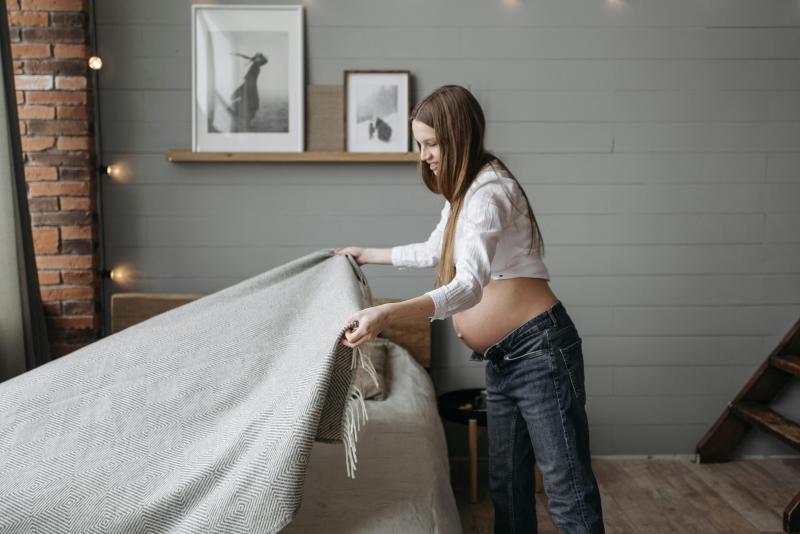|
BY JONATHAN ESSARY · June 30, 2025 |
|
READ EST: 7 MINS |
FINDING THE RIGHT FIT
The eternal dilemma facing health-conscious parents is finding solutions that fit seamlessly into their overwhelming schedule while keeping their family safe. Standing in the cleaning aisle surrounded by products claiming to be "natural" and "non-toxic," or scrolling through Pinterest boards filled with DIY cleaning recipes, the choice between store-bought and homemade non-toxic cleaners can feel paralyzing [1].
This decision becomes even more complex when you factor in the reality of parenting: spilled juice boxes at 6 AM, muddy footprints tracked through the house, and the constant need to sanitize surfaces that little hands touch throughout the day [2]. The key lies in understanding when each approach serves your family best, rather than feeling pressured to choose one path exclusively [1].
UNDERSTANDING THE REAL DIFFERENCES
THE SCIENCE BEHIND CLEANING EFFECTIVENESS
Recent research reveals surprising insights about the effectiveness of DIY versus commercial cleaning products. A comprehensive study published in the Journal of Applied Microbiology found that while both environmentally preferable commercial products and DIY solutions can be effective alternatives to harsh chemical cleaners, their performance varies significantly depending on the specific cleaning task [3][4].
The study discovered that DIY cleaners made from distilled white vinegar, club soda, and tea tree oil actually performed better than both commercial products and bleach when cleaning ceramic surfaces, though they fell short on stainless steel surfaces [3]. More importantly for families concerned about disinfection, the research showed that DIY solutions were more effective against E. coli than Staphylococcus aureus, but only when freshly prepared each day [4].
Commercial non-toxic products demonstrated more consistent performance across different surfaces and bacteria types, achieving the rigorous 5-log reduction standard required for true disinfection [3]. This consistency becomes crucial when you're dealing with areas where your children eat, play, or sleep, and you need reliable germ elimination rather than just surface cleaning [4].
THE HIDDEN COMPLEXITY OF DIY FORMULATIONS
While Pinterest makes DIY cleaning look effortless, the reality involves more chemistry than many parents realize. Many popular DIY recipes circulating online are created by well-meaning individuals without a deep understanding of cleaning chemistry, sometimes resulting in ineffective combinations or even potentially hazardous mixtures [5]. For instance, mixing vinegar with dish soap can neutralize the effectiveness of both ingredients, while certain combinations can create unexpected chemical reactions [6].
The effectiveness of homemade cleaners also depends heavily on ingredient quality, proper measurements, and freshness [7]. A cleaning solution that works perfectly when freshly mixed may lose its potency within days, unlike commercial products formulated with stabilizers for extended shelf life [8]. This means DIY enthusiasts must commit to regular preparation and understand that inconsistent results may occur based on variables like water hardness, ingredient sourcing, and storage conditions [7].
WHEN HOMEMADE SOLUTIONS EXCEL
PERFECT SCENARIOS FOR DIY CLEANING
Homemade non-toxic cleaners shine brightest in everyday maintenance cleaning, where complete microbial elimination isn't the primary goal [8]. These situations include daily counter wiping, window cleaning, general surface dusting, and routine floor maintenance, where you're primarily removing visible dirt and maintaining cleanliness rather than sanitizing against specific pathogens [9].
For families with multiple chemical sensitivities or allergies, DIY solutions offer unparalleled ingredient control [10]. You can customize formulations to avoid specific triggers, adjust scent levels using pure essential oils, and ensure complete transparency about every component that touches your family's environment [8]. This level of customization becomes particularly valuable for households with asthma sufferers, as you can eliminate synthetic fragrances and volatile organic compounds that commonly trigger respiratory issues [10].
The environmental benefits of DIY cleaning extend beyond ingredient safety to packaging reduction and waste minimization [9]. Families can significantly reduce plastic waste by reusing spray bottles and mixing cleaning solutions in bulk [6]. The carbon footprint associated with manufacturing, packaging, and transporting commercial products disappears when you're creating solutions from basic household ingredients [9].
ECONOMIC ADVANTAGES THAT ACTUALLY MATTER
The cost savings from DIY cleaning can be substantial when viewed over time, particularly for large families who use significant quantities of cleaning products [8]. Basic ingredients like white vinegar, baking soda, and castile soap cost significantly less per use than commercial alternatives and can create multiple different cleaning solutions for various household needs [6]. A gallon of white vinegar costing under $3 can produce dozens of bottles of all-purpose cleaner, glass cleaner, and fabric softener [10].
However, the true economic value emerges when you factor in the multipurpose nature of basic ingredients [1]. Unlike commercial products designed for specific tasks, ingredients like baking soda serve as scouring powder, odor eliminator, fabric softener, and gentle abrasive cleaner [6]. This versatility reduces the total number of products needed in your cleaning arsenal, simplifying storage and reducing overall household chemical inventory [9].
WHEN STORE-BOUGHT MAKES MORE SENSE
SITUATIONS REQUIRING COMMERCIAL SOLUTIONS
Certain cleaning challenges demand the consistent, lab-tested performance that commercial non-toxic products provide [8]. Deep cleaning tasks, sanitization after illness, removal of stubborn stains, and cleaning in households with compromised immune systems all benefit from the reliable effectiveness of professionally formulated products [11].
The convenience factor becomes crucial for busy parents managing multiple responsibilities [12]. Commercial products offer immediate readiness without preparation time, consistent results regardless of mixing skills, and extended shelf life that accommodates irregular cleaning schedules [8]. When you're dealing with a toddler's unexpected mess while managing work calls and preparing dinner, grabbing a ready-to-use product can mean the difference between addressing the situation immediately or letting it become a larger problem [2].
Store-bought non-toxic cleaners also excel in specialized applications where DIY solutions fall short [13]. Heavy-duty degreasing, mold and mildew removal, hard water stain elimination, and disinfection of cutting boards and food preparation surfaces often require specifically formulated products with targeted active ingredients [8]. These situations demand performance levels that simple household ingredients cannot reliably achieve [3].
THE SAFETY AND PERFORMANCE BALANCE
Modern non-toxic commercial cleaners represent years of research and development focused on matching the performance of conventional products while maintaining safety standards [14]. Companies like Seventh Generation, Mrs. Meyer's, and other established brands invest significantly in formulation science to create products that satisfy both environmental safety requirements and cleaning effectiveness demands [15][11].
Third-party certifications provide an additional layer of assurance that DIY solutions cannot offer [11]. Products bearing EPA Safer Choice, EWG Verified, or MADE SAFE certifications have undergone rigorous testing and evaluation by independent organizations [14]. This external validation becomes particularly important for families who lack the time or expertise to research every ingredient and evaluate potential interactions [11].
The consistency of commercial products also extends to quality control and batch-to-batch reliability [8]. Professional manufacturing ensures uniform concentration, pH balance, and ingredient distribution that home mixing cannot guarantee [7]. This reliability becomes crucial when you need predictable results for tasks like sanitizing baby bottles or cleaning food preparation surfaces [15].
MAKING STRATEGIC DECISIONS FOR YOUR FAMILY
ASSESSING YOUR HOUSEHOLD'S UNIQUE NEEDS
The choice between DIY and commercial non-toxic cleaners should align with your family's specific circumstances rather than following generic recommendations [1]. Families with young children who frequently mouth toys and crawl on floors may prioritize the complete ingredient transparency that DIY solutions provide [15]. Conversely, households managing busy schedules with limited time for preparation may find greater value in the convenience and consistent performance of commercial products [12].
Consider your family's health profile when making these decisions [11]. Households with asthma, allergies, or chemical sensitivities benefit from the customization possibilities of DIY solutions, allowing you to eliminate specific triggers and control scent levels [10]. Families with compromised immune systems or elderly members may require the reliable disinfection capabilities that certified commercial products provide [3].
The physical demands of your living situation also influence optimal choices [2]. Large homes with extensive cleaning needs may benefit from the bulk preparation possibilities of DIY solutions, while smaller spaces or apartments may find commercial products more practical for storage and variety [8]. Families with pets face additional considerations, as some essential oils used in DIY recipes can be harmful to cats or dogs, making commercial pet-safe formulations a safer choice [15].
BUILDING A HYBRID APPROACH
Rather than committing exclusively to one approach, many successful families develop hybrid systems that leverage the strengths of both DIY and commercial solutions [1]. This strategy allows you to use homemade cleaners for routine maintenance while keeping commercial products for specialized tasks or emergency situations [9].
|
Cleaning Task |
Recommended Approach |
Reasoning |
|
Daily counter wiping |
DIY vinegar solution |
Cost-effective, safe for food surfaces |
|
Bathroom deep cleaning |
Commercial non-toxic cleaner |
Consistent mold/mildew elimination |
|
Glass and mirrors |
DIY or commercial |
Both perform well, and choose based on convenience |
|
Disinfection after illness |
Commercially certified product |
Reliable pathogen elimination |
|
Floor maintenance |
DIY for routine, commercial for deep cleaning |
Balances cost and effectiveness |
PRACTICAL IMPLEMENTATION STRATEGIES
Successful integration of both approaches requires thoughtful planning and realistic expectations [2]. Start by identifying your household's highest-priority cleaning tasks and matching them with the most appropriate solutions [1]. Keep basic DIY ingredients stocked for routine cleaning while maintaining a selection of commercial products for specialized needs [12].
Create simple systems that support consistent use of your chosen approach [2]. Designate specific storage areas for DIY ingredients and mixing supplies, pre-mix commonly used solutions in labeled containers, and establish regular preparation schedules that align with your cleaning routine [9]. For commercial products, focus on multipurpose formulations that address multiple cleaning needs rather than accumulating numerous single-purpose items [8].
SMART CHOICES FOR REAL FAMILIES
The decision between DIY and commercial non-toxic cleaners doesn't require an all-or-nothing commitment [1]. The most successful approach recognizes that different cleaning challenges call for different solutions, and the best choice for your family depends on your specific circumstances, priorities, and constraints [7].
Understanding the science behind cleaning effectiveness empowers you to make informed decisions rather than relying on marketing claims or social media trends [3]. DIY solutions excel in routine maintenance, cost savings, and ingredient control, while commercial products provide consistency, convenience, and specialized performance [8][9]. The key lies in matching each approach to situations where it performs best rather than forcing one solution to handle all your cleaning needs [1].
We understand firsthand that busy parents need practical solutions that don't compromise safety or effectiveness. Whether you choose to create your own cleaning solutions or select from our carefully curated collection of certified non-toxic products, the most important step is making conscious choices that protect your family's health while maintaining the clean, comfortable home environment your children deserve [11].
Remember that the perfect cleaning routine is the one you'll actually maintain consistently [2]. Choose approaches that align with your lifestyle, budget, and values, and don't hesitate to adjust your strategy as your family's needs evolve [1]. Your commitment to non-toxic cleaning—whether DIY, commercial, or a combination of both—represents a meaningful investment in your family's long-term health and wellbeing [15].
REFERENCES & SOURCES:
- https://gunkgetter.com/blogs/news/diy-vs-store-bought-cleaners-whats-best-for-you?srsltid=AfmBOorL52MQrMjPP3oXg75CrlD2GgFDy85tjN72STX7Cd1yXJeKyUbp
- https://www.abcdeprofessionalhousecleaning.com/blog/top-cleaning-hacks-for-busy-parents
- https://academic.oup.com/jambio/article/119/5/1245/6716866
- https://pubmed.ncbi.nlm.nih.gov/26274937/
- https://www.reddit.com/r/ZeroWaste/comments/1epro8l/proof_that_nontoxic_diy_cleaners_work/
- https://bouldercounty.gov/environment/hazardous-waste/safer-cleaning-products/
- https://sparklesurneycleaning.com/homemade-vs-commercial-cleaning-products/
- https://lavantcollective.com/blogs/blog/homemade-cleaning-products-vs-store-bought-which-is-better
- https://bookcleany.com/store-bought-vs-diy-cleaners-what-works-better/
- https://www.radiantlifecatalog.com/blog/diy-all-purpose-cleaner
- https://becauseimaddicted.net/2019/01/non-toxic-cleaning-products-2019.html
- https://www.moms.com/best-cleaning-products-for-busy-moms/
- https://ukhomebusinessonline.com/diy-vs-commercial-cleaning-solutions-which-is-best-for-you/
- https://thecleaningstation.com/blog/top-10-best-nontoxic-cleaners/
- https://mommysbliss.com/blogs/mom/favorite-family-eco-friendly-cleaning-products



